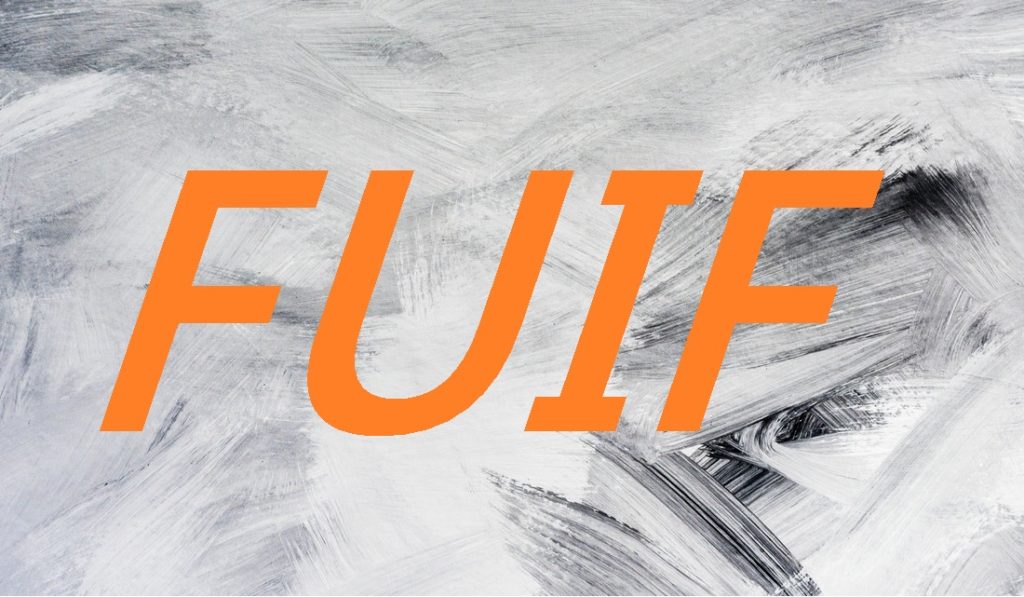
The creator of the FLIF (Free Lossless Image Format) has gone and done it again. This time, he has come up with a new format called FUIF (Free Universal Image Format). The catchphrase for this new format is “responsive by design”. What does that mean?
FUIF? Why Do We Need Another Image Format?
Because there’s still room for improvement. Most people are comfortable with the many formats in existence today such as JPG, GIF, PNG, Webm, and many more. All those formats have wide support no matter what kind of device you’re using. However, being content is detrimental for progress.
FUIF vs. FLIF
You can say that the FUIF is a slightly different game than the FLIF. While FLIF is strictly lossless, FUIF can be both lossy AND lossless. The creator, however, develops FUIF mainly for the lossy compression since that’s what you most likely need when it comes to image delivery.
The problem with saving a photograph using a lossless format is that all data is saved including all the noise. It’s a waste of valuable space.
FUIF vs. SVG
Although the SVG format is inherently responsive, it has one huge difference compared to FUIF. SVG is a vector image while FUIF is a raster image. The photographs you took with your DSLR, for example, are raster images. Saving such images as SVG would be cumbersome as there are too many complex patterns involved.
Responsive By Design
A FUIF image is a raster image that’s responsive by design. To make the concept clear, let’s imagine you’re saving all the photos from your vacation onto an image hosting site. On the server side, each image will be saved in multiple downscaled versions, from a thumbnail to a full-size image.
With a FUIF image, that won’t be necessary. The server only keeps one copy of all images. When a client is requesting an image, the server can send that one file and truncate it to various offsets depending on what the client requested. A browser installed on a smartwatch can send an HTTP range request just enough to show the low quality image preview or LQIP. A web browser installed on a desktop, on the other hand, send a different HTTP range request to show a high-definition image.
Will it be a success?
It all depends on you. Go and grab the released code. Play with it, make an app based on it, and spread the word. When enough people show interest in FUIF, it will surely be a worthy contender for JPEG. Do your part and spread the word.
